A crane stationed atop a huge construction frame, slowly picked up the golden crown of Lord Wisnu, then carefully and reverently placed this precisely on the head of the deity. This marks the most important moment before the last stage when the monumental statue of Garuda Wisnu Kencana at Ungasan, on the white cliffs of south Bali, will be finally completed.
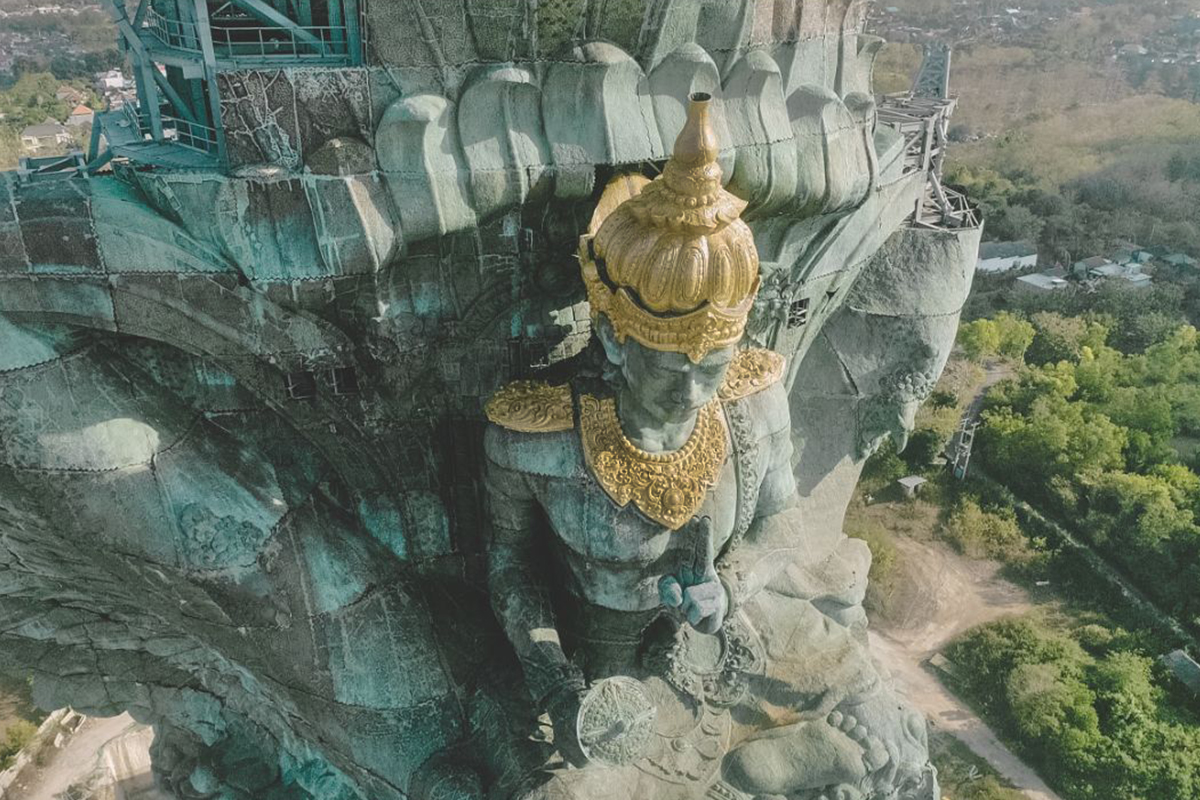
The event was marked with a small ceremony called pasupati , a ritual of thanksgiving and prayers for God’s continued blessings.
Initiated in 1990 jointly by former Tourism Minister Joop Ave and Indonesia’s maestro sculptor I Nyoman Nuarta, supported by then Bali Governor Ida Bagus Oka, and Ida Bagus Sudjana Minister for Energy and Mining some 28 years ago, construction of the statue has been able to surpass numerous challenges until reaching this crucial stage today.
“Garuda Wisnu Kencana statue in the huge cultural complex is expected to be completed and officiated in August 2018, ready for the thousands of important delegates attending the IMF-World Bank Annual Meeting in Bali in October to admire”, said Nyoman Nuarta.
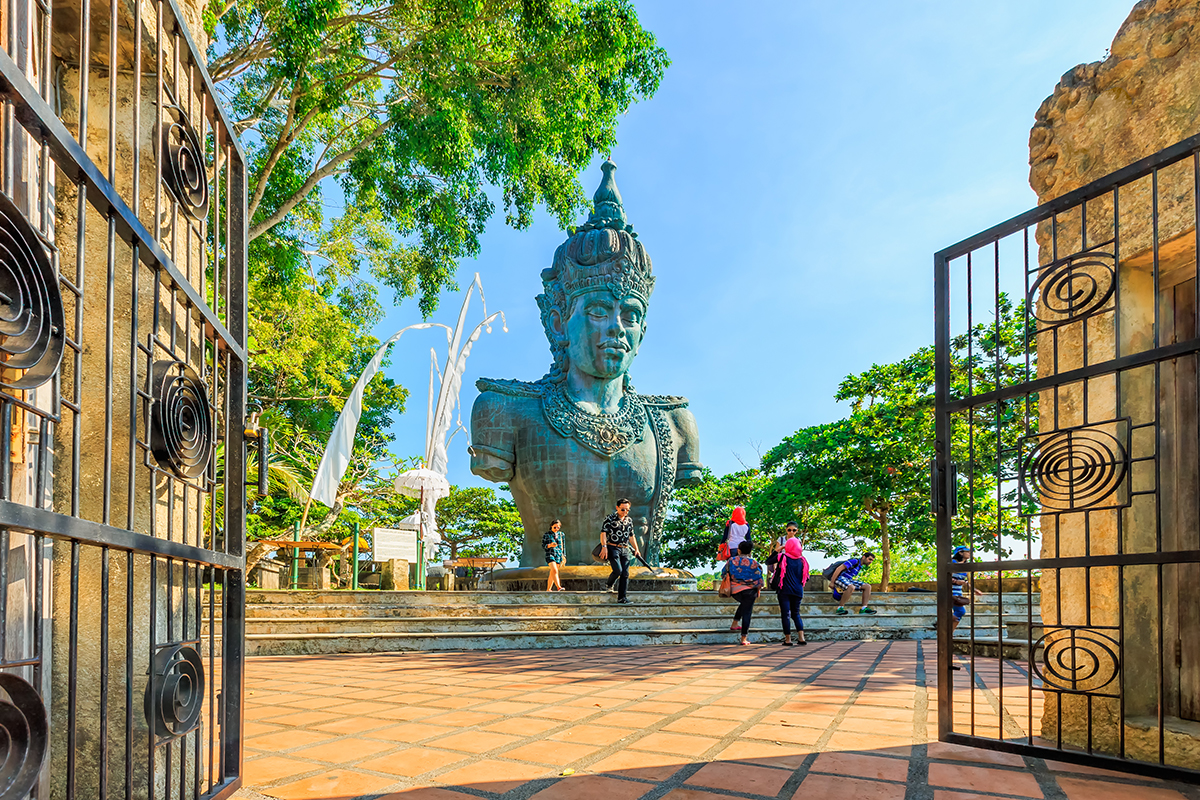
Standing 120 meters above ground, or 276 meters above sea level, the imposing Garuda Wisnu statue is built so that it can be seen by all passengers from the plane when it makes its slow descent towards the Ngurah Rai International Airport, giving a warm welcome to Bali and Indonesia, and a lasting memory of a wonderful stay here.
The Garuda Wisnu Kencana (or GWK for short) will be the second tallest statue in the world, after the Spring Temple Buddha in Hainan, China, which is 153 meters high. GWK is taller than the Statue of Liberty in New York and Christ the Redeemer of Rio de Janeiro. The 75 meters high statue stands on a 45 meters platform, while the entire span of the Garuda bird stretches 64 meters.
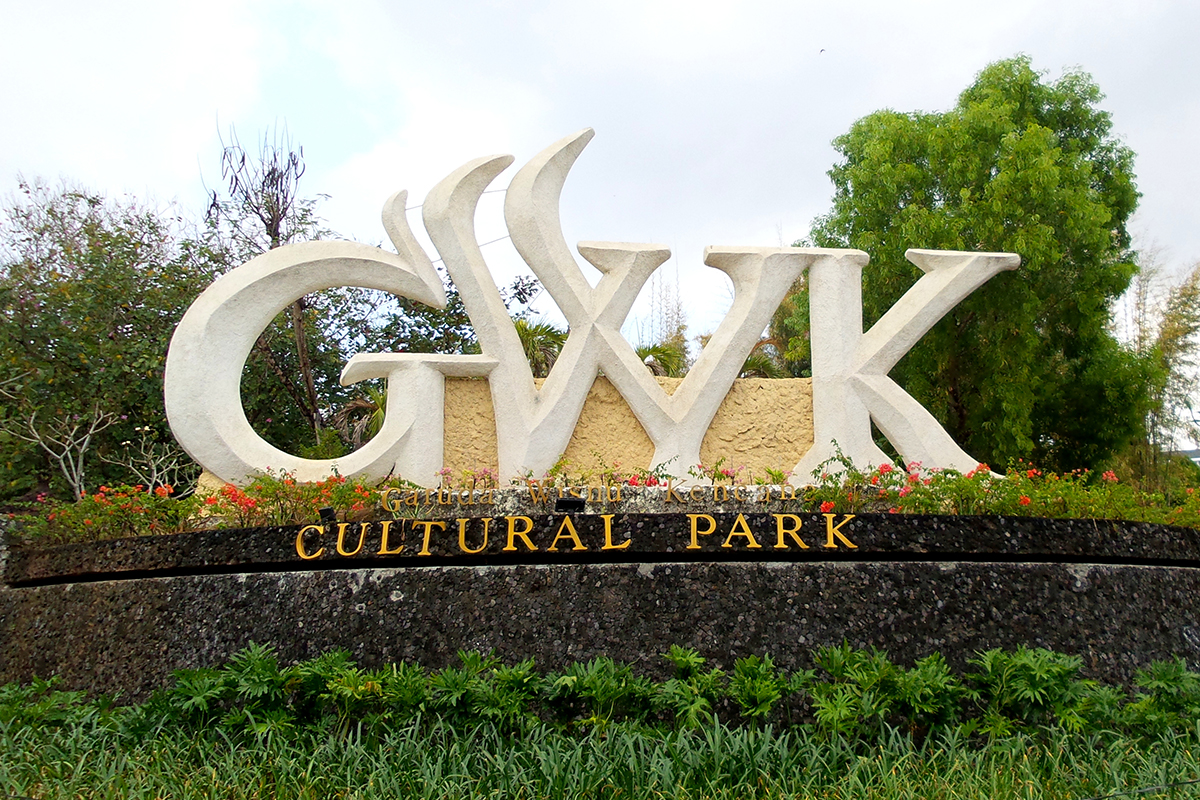
Weighing no less than 4,000 tons, GWK is made of copper, brass, and steel and stands in a 240 hectares plot of land next to a refreshing waterfall that has its source at a nearby spring.
GWK itself is constructed of 754 separate modules which were created at Nuarta’s studio in Bandung, West Java, then transported to Bali, where each module was meticulously set and attached at their proper places. Its planning and construction were designed with digital calculations taking into account its weight, structure, and wind strength.
It is calculated to withstand an earthquake of 8 on the Richter Scale, said Nuarta. Total investments came to Rp. 450 billion of private sector funding and contributions. When construction stalled due to the Asian Financial Crisis in 1997, the project was later taken over and managed by PT Garuda Adhinata Indonesia of the Alam Sutera Real Estate.
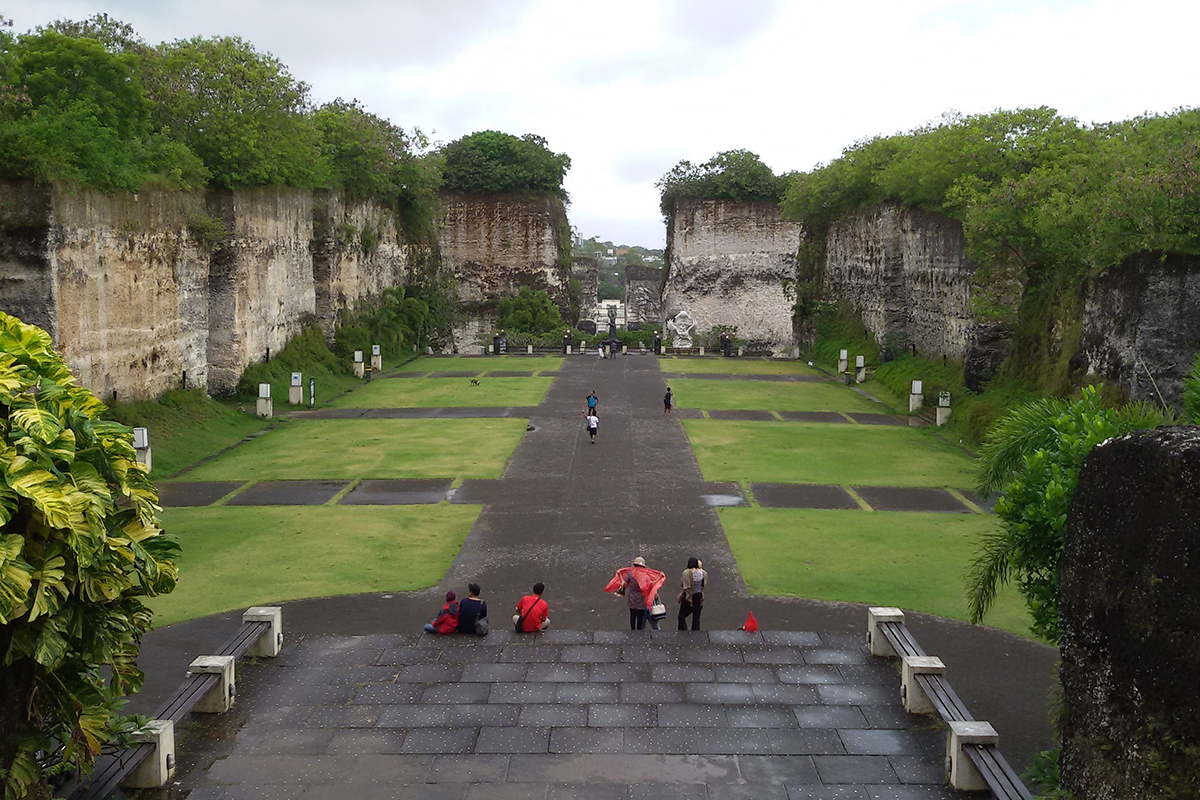
Although construction of the statue was still in progress, the GWK complex already became a popular venue for grand events with the impressive torso of Wisnu and the huge head of Garuda already on display to the public. Here events were held for dinners and shows for delegates of international conventions, traditional dances and dramas as well as popular concerts performed by among others Viral Fest Asia, Soundrenaline, Dreamfields and many others.
Garuda Wisnu Kencana: Symbol of Peace, Serenity and National Unity
In his state of meditation Lord Wisnu with eyes half closed emits an aura of total peace and serenity, riding on the shoulder of the great fierce-looking Garuda bird, whose eyes look out ever watchful.
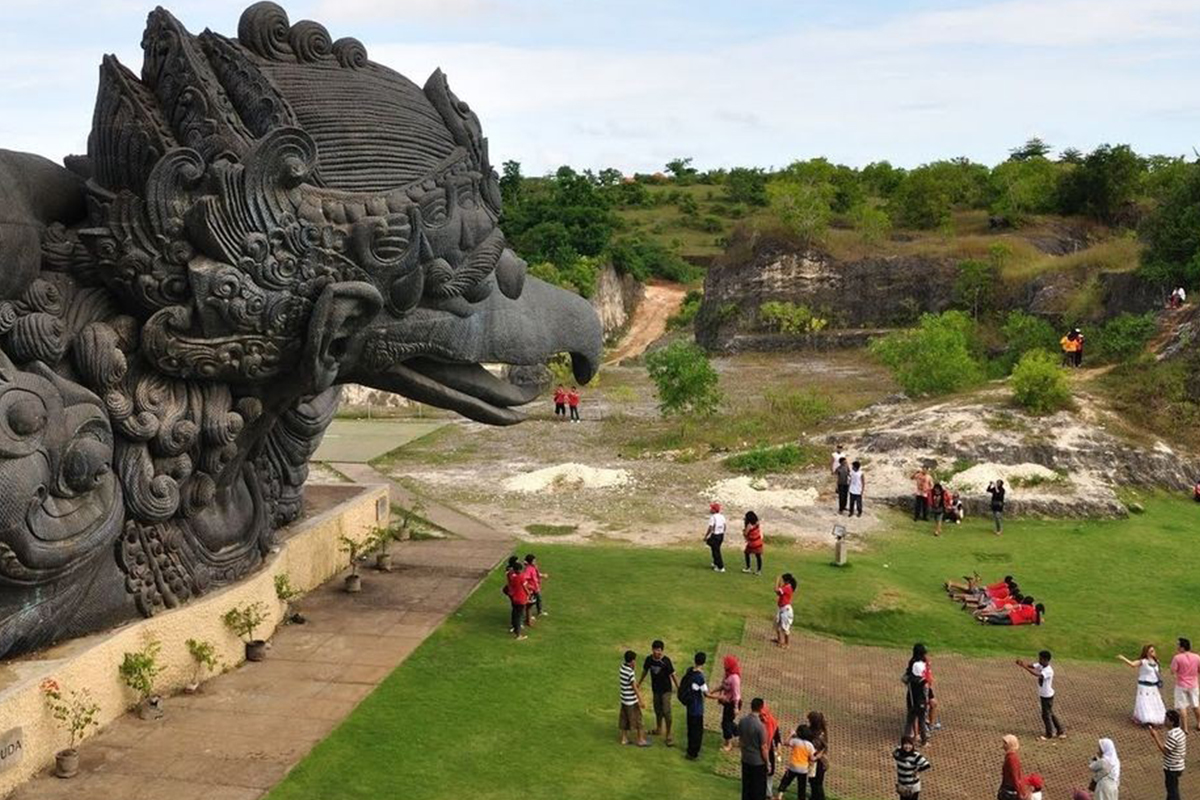
The Hindu Balinese believe that Lord Wisnu (elsewhere known as Vishnu), is the Preserver and Protector of the universe who fights destructive forces when these threaten to escalate into chaos, and Wisnu comes to restore cosmic balance. The mythical bird Garuda, on the other hand, symbolizes speed, force, and martial prowess.
In Indonesia, moreover, Garuda is enshrined as Indonesia’s National emblem, known as Garuda Pancasila, on whose body are etched the Pancasila or the 5 Principles of State, with its claws carrying the banner Bhinneka Tunggal Ika, meaning Unity in Diversity. Indonesia’s state-owned airline has also taken Garuda Indonesia as its logo.
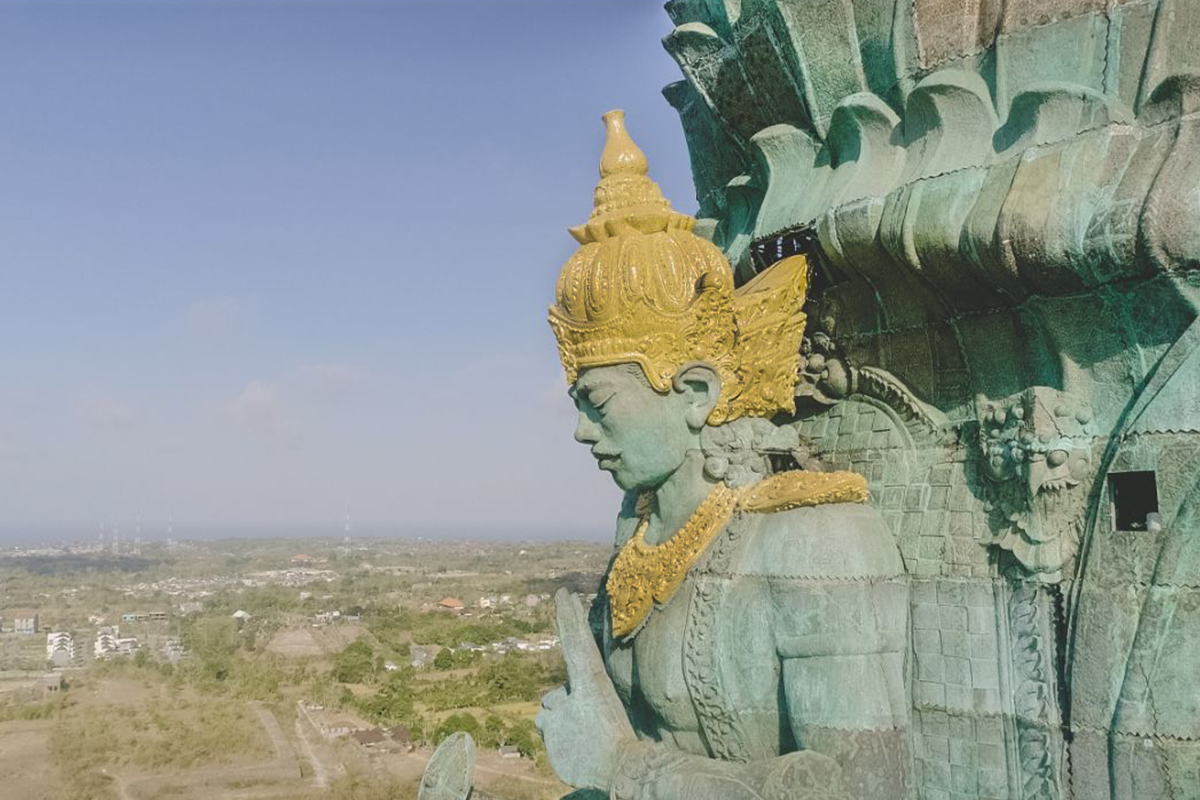
The Garuda Wisnu Kencana statue, therefore, will not only be an icon of the paradisical island of Bali, but its Garuda also symbolizes Indonesia’s national unity in its multiple diversity.
Welcome to Bali. Welcome to Wonderful Indonesia.